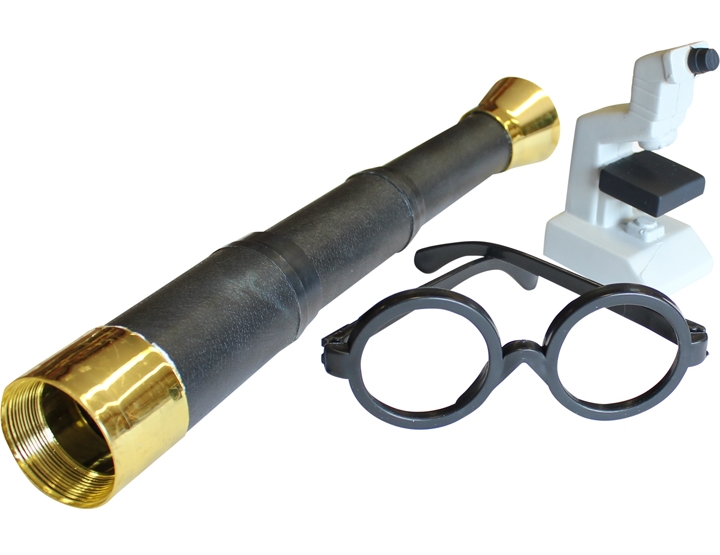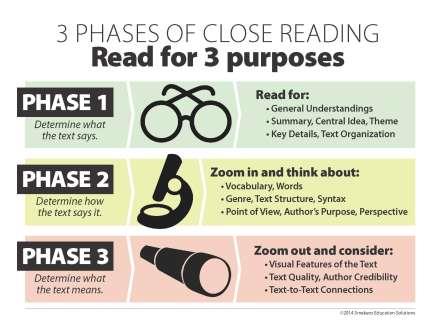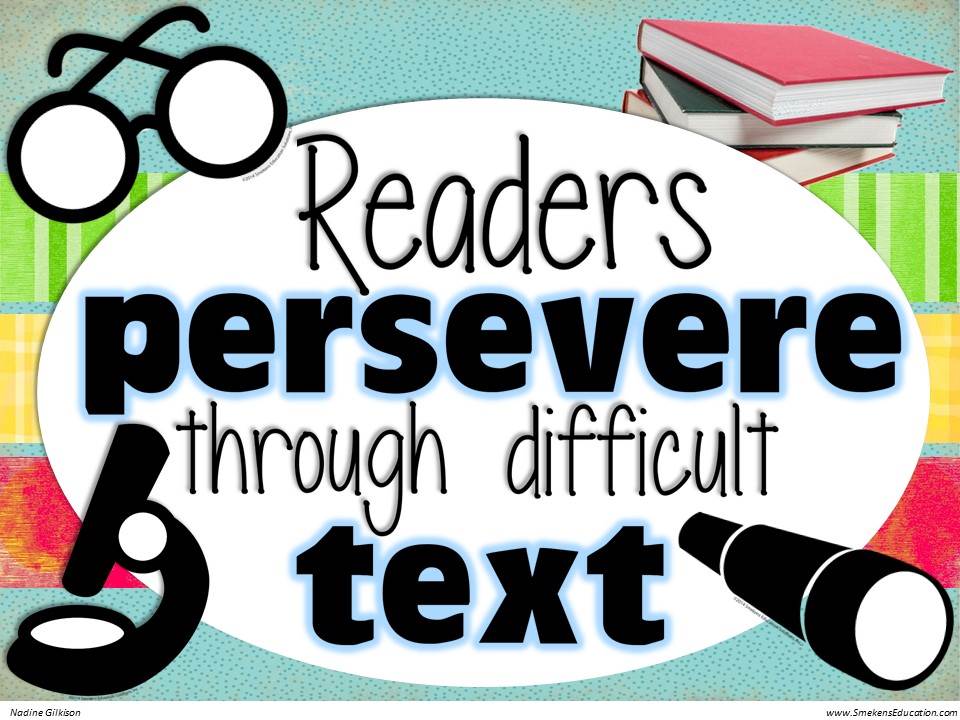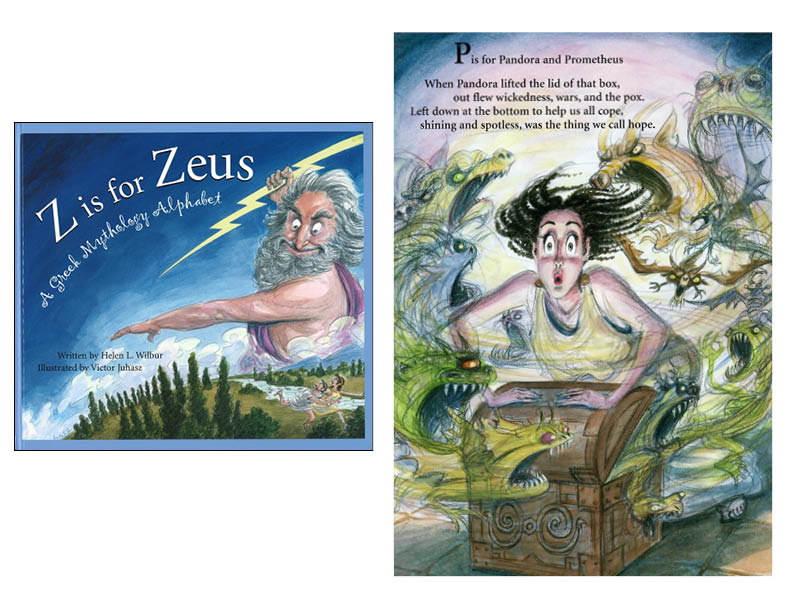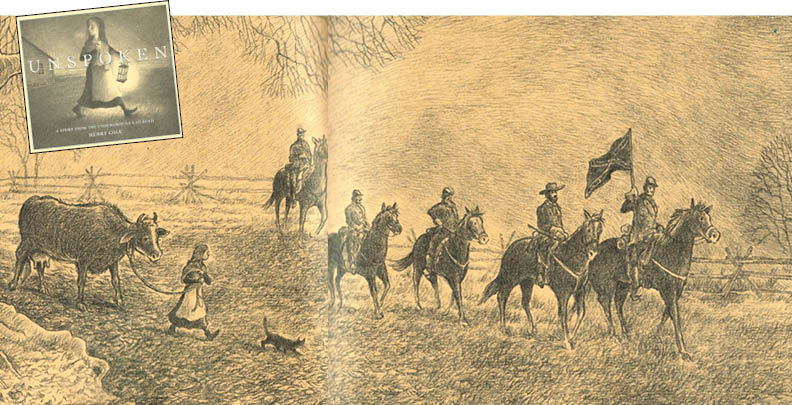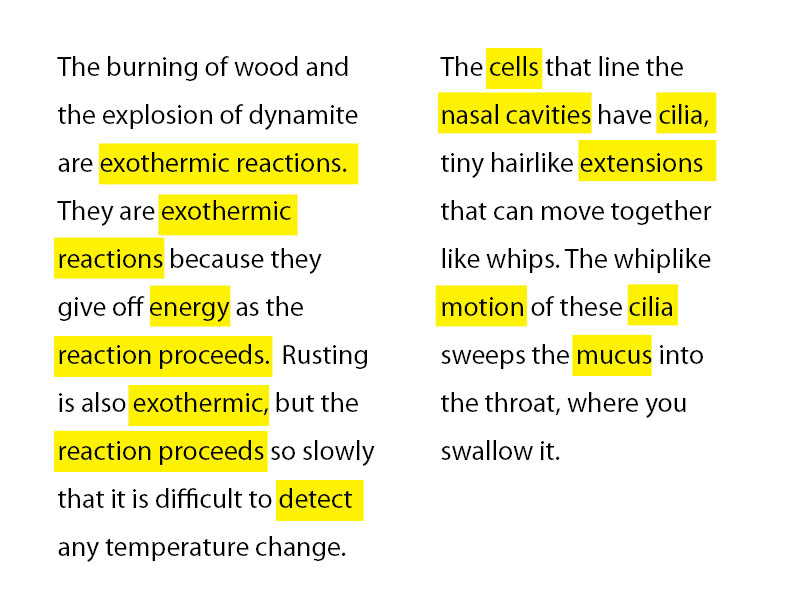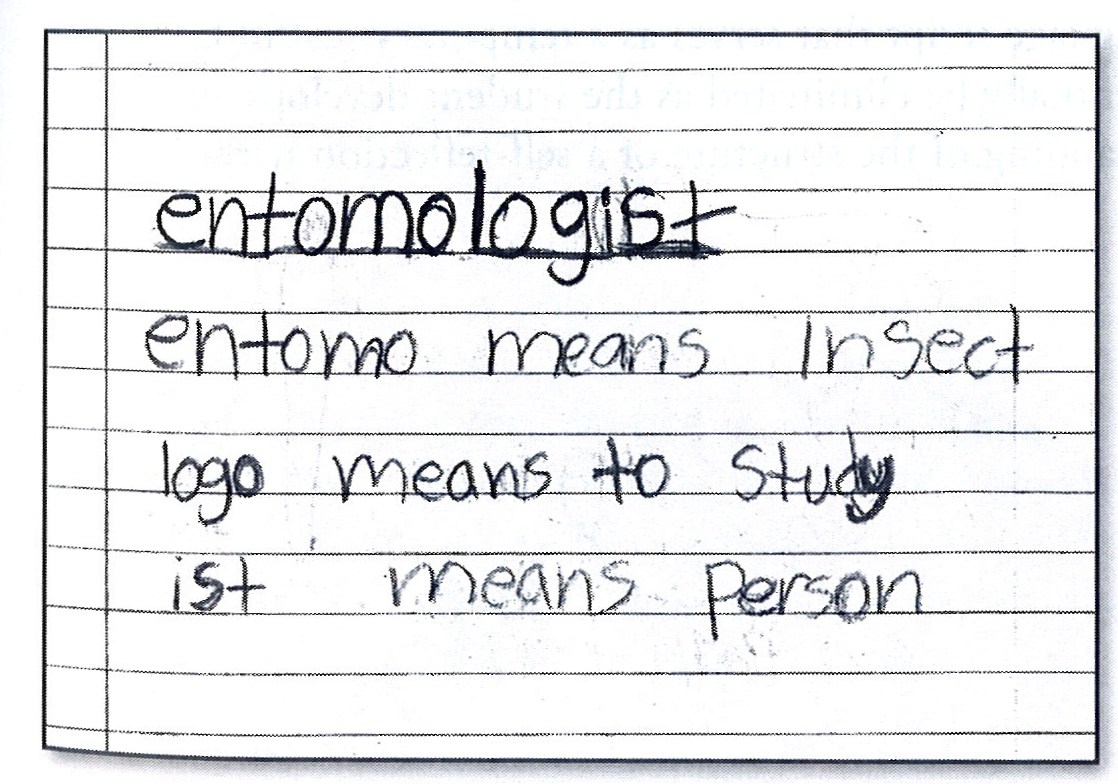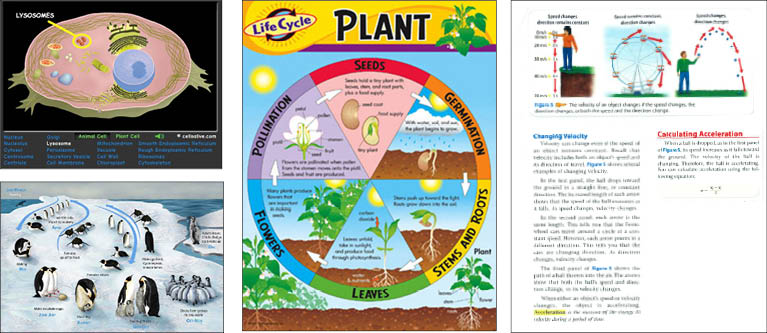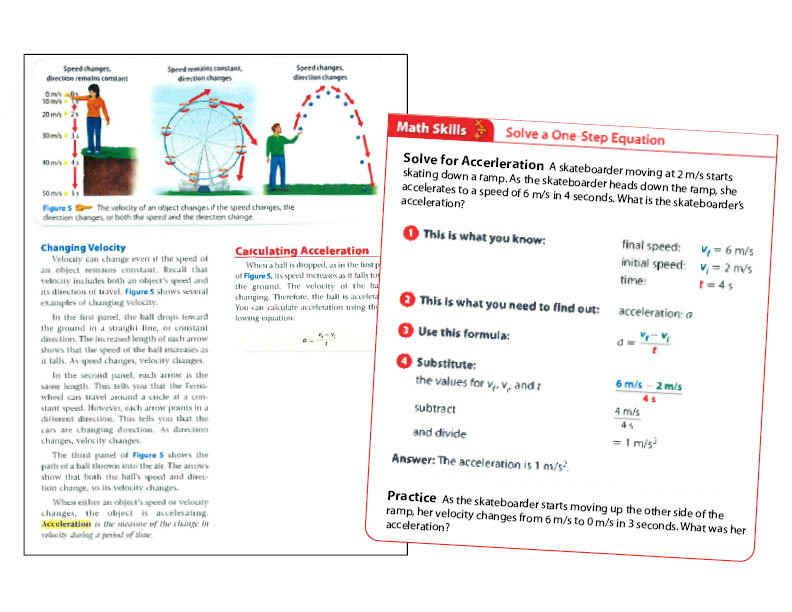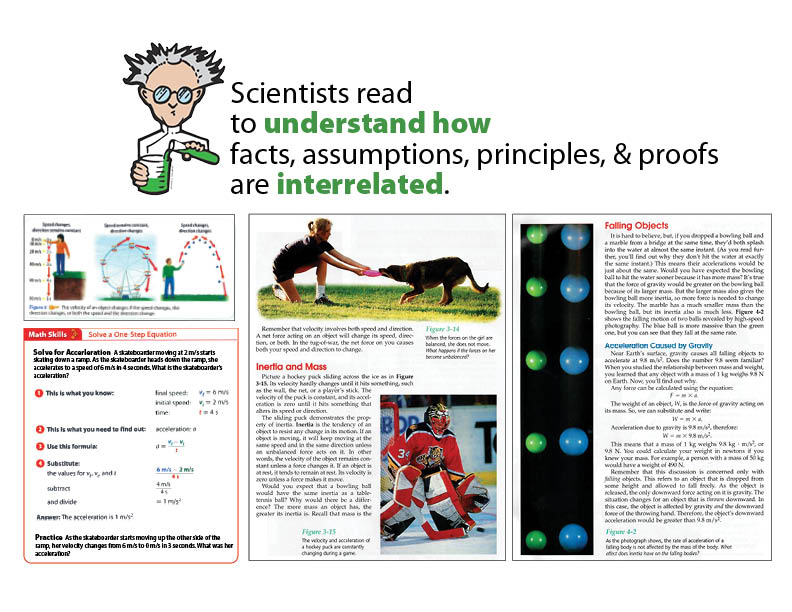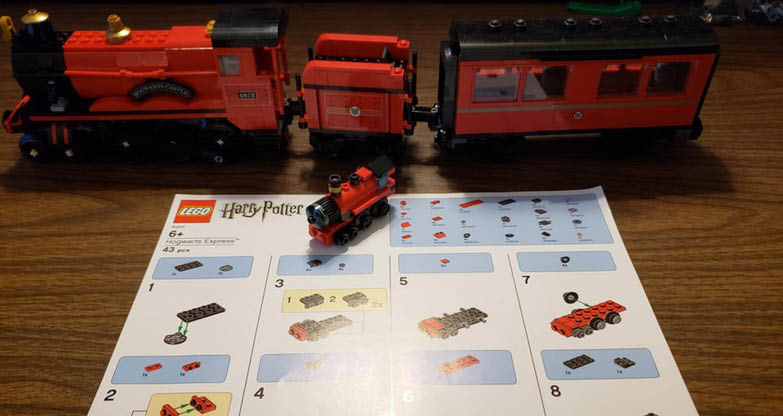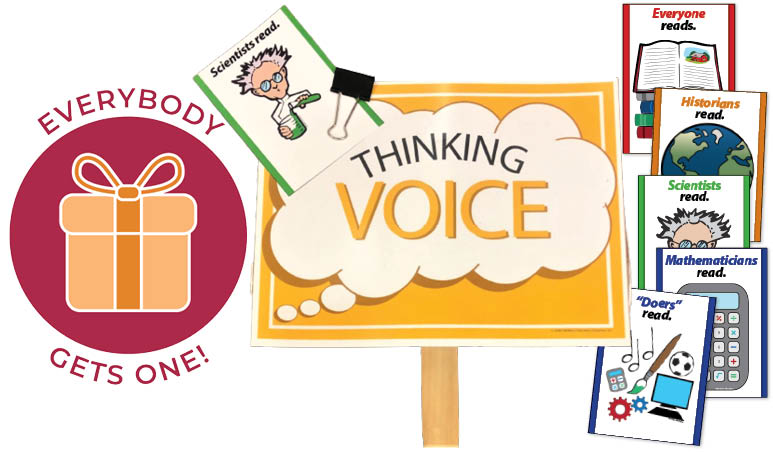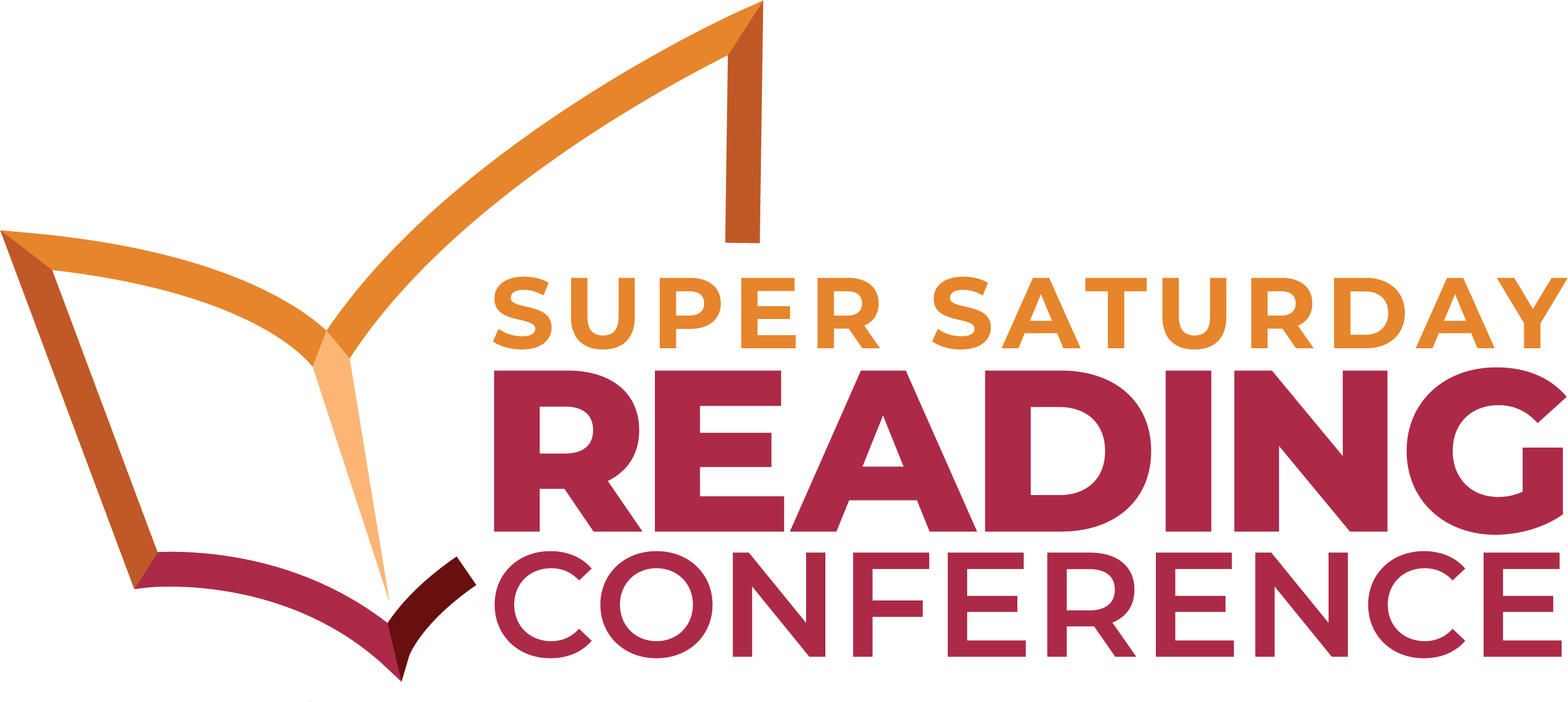
SECRET SITE
CONTENT-AREA READING
SESSION 2 | Grades K-12 / ELL | Handout
Understand the unique skills of subject-area reading
Reread texts with a different set of purposes or lenses.
Everyone reads (English/Language Arts)
Reading is meant to convey an experience to the reader.
JPEG | Color | Black/White
Understand the individual story elements that compose the work.
Emphasize that readers must infer author ideas and intentions.
Authors play with words using multiple meaning words, idioms, etc.
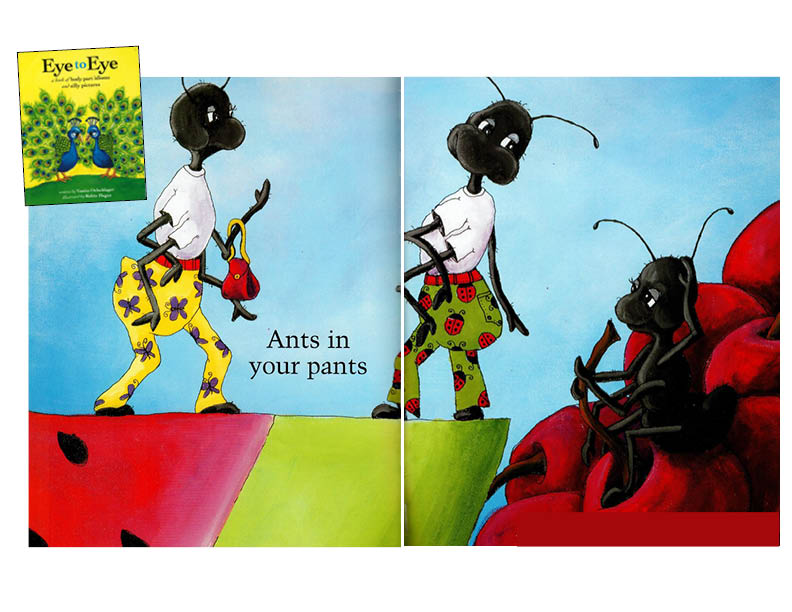
Eye to Eye
Historians read
See the bigger picture.
JPEG | Color | Black/White
Look for cause-effect relationships among the individuals and events.
Identify those who acted and those who were affected.
Think beyond the individual event to others occurring elsewhere.
Reader must balance fact v. opinion and interpretation.
Often reads like a narrative, with individuals in conflict in various settings.
Infer the author’s perspective on the topic or issue.
Scientists read
Expect a heavy emphasis on vocabulary.
JPEG | Color | Black/White
Emphasize the reading of visual literacy.
Present concepts in multiple forms—written, formulaic, and graphic.
“Doers” read
Emphasize accuracy and error detection.
JPEG | Color | Black/White
Requires an understanding of processes.
Integrate comprehension strategies in all subjects
PRIZE: Utilize these cards to remind students to change their reading purposes as they move through the subject areas.

